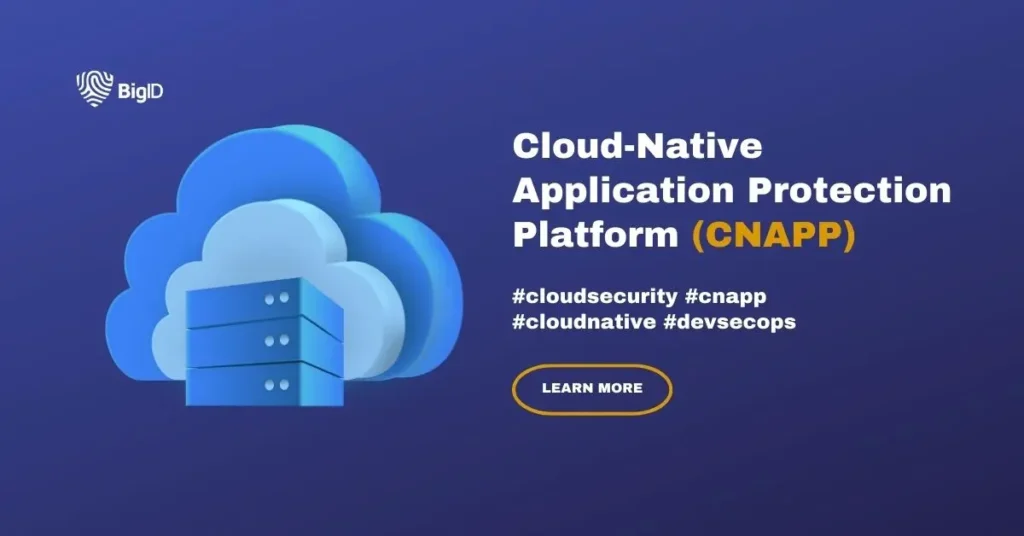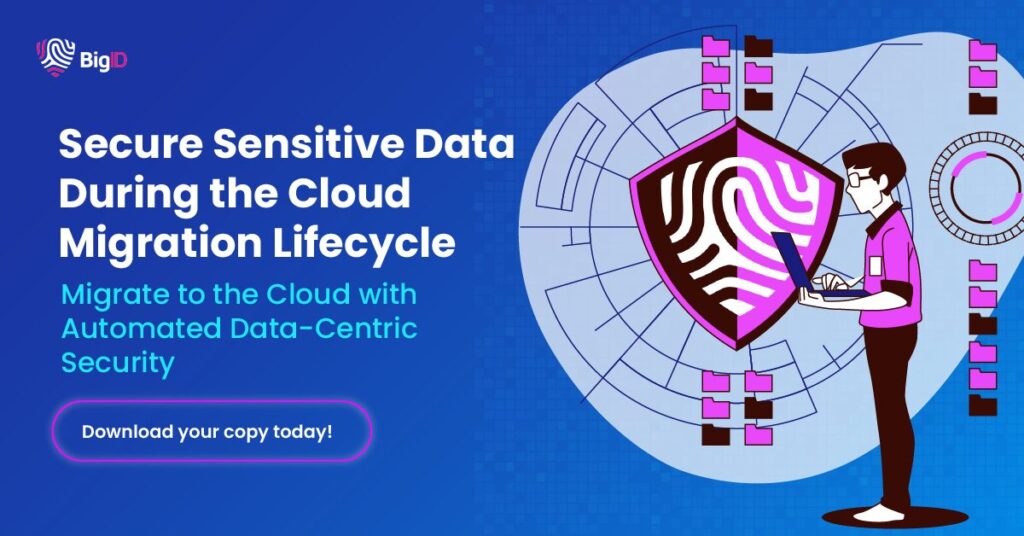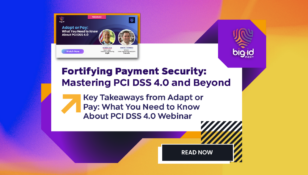Cloud-Native Application Protection Platform: What’s CNAPP in Cloud Security?

What is a Cloud-Native Application Protection Platform?
A Cloud-Native Application Protection Platform (CNAPP) is security software designed to protect cloud-based systems from cyber attacks.
Cloud-based environments are built using architectures such as microservices, containers, and serverless functions, which have different security requirements compared to traditional applications.
CNAPP platform provides several security features in a single platform, such as vulnerability scanning, threat detection, intrusion prevention, Cloud Detection and Response (CDR), identity and access management, and Cloud Infrastructure Entitlement Management (CIEM) to unify security. They also provide visibility into the cloud infrastructure, helping security teams identify potential threats and provide real-time alerts to help prevent attacks.
In simple terms, a CNAPP is a tool that helps secure cloud-based applications by providing various features and monitoring capabilities to prevent attacks and protect sensitive data. It enhances an organization’s security and compliance.
Cloud Security Challenges
- Data Breaches and Leakages: Unauthorized access to sensitive data can lead to significant financial and reputational damage.
- Compliance with Regulations: Meeting industry standards and regulations such as GDPR, HIPAA, and PCI-DSS is a continuous challenge.
- Visibility and Control: Lack of visibility into cloud environments can make monitoring and controlling data and software difficult.
- Misconfigurations: Incorrect settings can expose vulnerabilities and lead to security incidents.
- Insider Threats: Employees or contractors with access to sensitive information can pose security risks.
- Data Loss: Ensuring data is not lost or corrupted due to malicious attacks or accidental deletions is critical.
- Identity and Access Management (IAM): Managing user identities and permissions across multiple cloud services can be complex.
- Shared Responsibility Model: Understanding the division of security responsibilities between cloud providers and customers can be confusing and lead to gaps.
- Endpoint Security: Protecting endpoints that access cloud resources is essential to prevent malware and unauthorized access.
- Threat Detection and Response: Rapidly identifying and responding to threats within cloud environments is crucial for minimizing impact.
- Integration with Existing Security Tools: Ensuring seamless integration between cloud and on-premises security tools can be challenging.
- Multi-Cloud Environments: Managing security across cloud platforms adds complexity and requires robust strategies.
The Importance of a CNAPP Solution in Cybersecurity
A CNAPP is essential in cybersecurity for several reasons:
- Complexity: Cloud-native tools are typically built using microservices, containers, and serverless functions, which are more complex than traditional monolithic services. As a result, they require a different approach to security, which a CNAPP can provide.
- Vulnerability: Web applications in the cloud are more vulnerable to cyber attacks than traditional applications because they use a distributed architecture, which creates more potential entry points for attackers.
- Cyber threats are increasing: The number and complexity of cyber threats are increasing, and attackers are becoming more sophisticated. A CNAPP provides cloud application security and protects assets from these threats by providing advanced security features and real-time monitoring.
- Compliance requirements: Many organizations must comply with industry regulations and standards, such as PCI DSS, HIPAA, and GDPR, which require robust security measures to protect sensitive data. A CNAPP can help organizations meet these compliance requirements by providing a comprehensive security solution.
In summary, a CNAPP is essential in cybersecurity because it provides a specialized set of security features designed to protect complex cloud applications from cyber threats and meet compliance requirements.
CNAPP vs. CSPM: Difference Between the Two Security Tools
CNAPP and Cloud Security Posture Management (CSPM) are two types of cloud security platforms with different focuses and capabilities.
CNAPPs are designed to protect cloud-based software built using modern cloud technologies such as microservices, containers, and serverless functions. They provide advanced security features such as vulnerability scanning, threat detection, intrusion prevention, and identity and access management designed for the cloud.
CSPM, on the other hand, focuses on ensuring a secure cloud infrastructure, configured and compliant with relevant security standards and policies. CSPM solutions provide features such as continuous cloud infrastructure monitoring, automated risk assessment, and compliance reporting. CSPM is designed to help organizations prevent security breaches caused by misconfigurations, unauthorized access, or other vulnerabilities in the cloud infrastructure.
In simple terms, CNAPPs protect cloud-native programs, while CSPM solutions ensure that the cloud infrastructure is configured securely and compliant with relevant security standards. While both solutions are important in cloud security, they have different focuses and capabilities.
CNAPP vs. CWPP
CNAPPs offer a comprehensive defense system for cloud applications. They integrate various security capabilities, including vulnerability management, compliance monitoring, and runtime protection, providing end-to-end security for applications throughout their lifecycle.
Cloud Workload Protection Platform (CWPP) focuses on securing workloads across different environments, such as virtual machines, containers, and serverless functions. Their primary goal is to protect these workloads from threats and ensure their security within both on-premises and cloud environments.
While CWPPs are a component of CNAPPs, the latter provide broader and more integrated security coverage.
Cloud-Native Security Use Cases
- Finance Vertical: A financial services company uses a CNAPP to protect components and data in the cloud from cyber threats. The CNAPP provides advanced security features such as threat detection, vulnerability scanning, intrusion prevention, and identity and access management. The company can thus ensure the security of its sensitive financial data, meet regulatory compliance requirements, and reduce the risk of cyber attacks.
- Healthcare Vertical: A healthcare organization uses a CNAPP to protect its cloud-based assets from cyber threats. The CNAPP provides advanced security features such as threat detection, vulnerability scanning, intrusion prevention, and identity and access management. The organization can ensure the security of its sensitive patient data, meet HIPAA compliance requirements, and reduce the risk of cyber attacks. Additionally, the CNAPP allows the organization to monitor and analyze access to electronic health records to prevent unauthorized access and protect patient privacy.
In both use cases, the CNAPP protects sensitive data and meets regulatory compliance requirements in different verticals. By using a CNAPP, organizations can ensure the security of their cloud-native components and data, reduce the risk of cyber attacks, and improve overall security posture.

Related Terms
The following terms are all related to cloud security and are often used with CNAPPs to provide a comprehensive and holistic approach to cloud security.
- Cloud Workload Protection: Security solutions and practices designed specifically for cloud-native systems and infrastructure.
- Container Security: Security and compliance capabilities designed to protect containerized software—a key component of cloud architecture.
- Microservices Security: Security of microservices-based programs that are a key building block of cloud-based applications.
- Serverless Security: Security of serverless software—a type of cloud application that relies on third-party services to manage infrastructure and scaling.
- Cloud Security: The overall security of cloud computing environments, including cloud-native applications, infrastructure, and services.
- DevSecOps: Integration of security into the software development process, with a focus on automation and collaboration between development, security, and operations teams.
CNAPP Benefits
A CNAPP can help companies overcome data security challenges by providing advanced security features, real-time monitoring, compliance support, scalability, and automation for cloud-native applications across the business. By using a CNAPP, organizations can improve their overall security posture, reduce the risk of data breaches, and protect sensitive data from cyber threats.
- Advanced Security Features: The security platform provides advanced security features such as vulnerability scanning, threat detection, intrusion prevention, and identity and access management. These features are specifically designed for cloud software and can help detect and prevent cyber threats to sensitive data.
- Real-Time Monitoring: CNAPP provides real-time monitoring of cloud-based assets, which allows organizations to detect and respond to security incidents as they happen. This can help minimize the damage caused by a cyber attack and reduce the risk of data loss.
- Compliance Requirements: Many industries have strict compliance requirements for data security, such as HIPAA in healthcare and PCI DSS in finance. CNAPP can help organizations meet these requirements by providing a comprehensive security solution that meets regulatory standards.
- Scalability: The unified platform for cloud security is designed to be highly scalable, which makes it ideal for protecting cloud components that may be rapidly changing in size and complexity. As an organization’s cloud infrastructure and applications grow, a CNAPP can be easily scaled to provide additional security features.
- Automation: CNAPP uses automation to simplify security management and reduce the risk of human error. Automated security policies and processes can enforce security standards and ensure that all cloud-native applications are properly secured.
BigID’s Approach to Cloud Native Application Protection Platform
Cloud protection starts with deep data discovery. BigID’s data-centric approach combines advanced AI and machine learning classification to give you a comprehensive view of all your enterprise data—whether structured or unstructured, no matter where it resides. Gain valuable insight into the exact nature of the data you are storing so you can better protect your most valuable assets across the multi cloud.
Reduce your attack surface with BigID’s intuitive data security posture management (DSPM). Proactively monitor and mitigate risk with sensitivity hotspot reporting. Accurately identify, classify and correlate all your cloud data with BigID’s automated tagging and labeling. Get more value out of your data and manage access controls for over-privileged users—all while improving your risk posture.
Get a 1:1 demo to see how BigID can safeguard your data and kickstart your CNAPP initiatives today.













